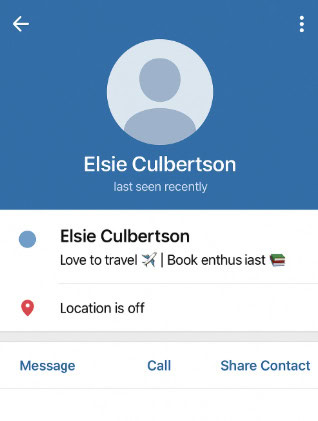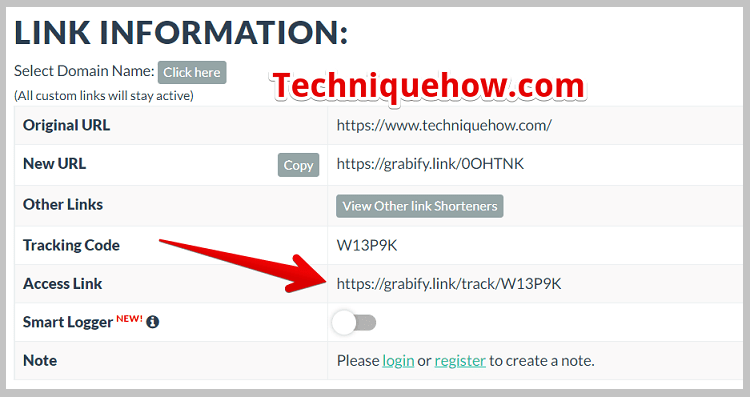Telegram’s People Nearby and Live Location are designed for convenience and controlled with permissions, but any data that hints at where someone is can be traced using these methods.
There are some open-source projects and academic work that describe how proximity signals could be combined to serve a public good when they responsibly illustrate risks and drive fixes.
However, users can lower their chances of getting tracked by turning off discovery features, restricting who can see their profile, using strong account security, and avoiding untrusted links.
This guide shows methods people have used to find others on Telegram, just step-by-step tracking instructions. For each method, we explain what it can actually work.
Contents
How to Track a Telegram User’s Realtime Location?
It helps to know three categories of signal people discuss i.e. app-provided location features, research that analyze proximity data, and link/IP trackers that expose IP related data, this guide explains each conceptually and shows how to do.
1. Telegram Live Location & People Nearby
You should use Telegram’s native location tools as two different functions: i) Live Location (time-limited broadcasting of GPS coordinates to chosen chats) and ii) People Nearby (a discovery feature that lists nearby users who have opted in).

It helps to know the difference. The Live Location is a deliberate broadcast that you can start and stop; People Nearby is a discovery layer that reveals coarse proximity buckets rather than precise coordinates in modern versions.
One thing to remember is that platforms periodically change the precision of these features to reduce abuse. Some practical consequences like users accidentally exposing themselves, can be mitigated by turning discovery off, limiting profile visibility, and only enabling live sharing with trusted contacts.
2. Research projects
Geogramint and similar OSINT projects are third-party tools that collect and show the “People Nearby” data Telegram returns. They give a map-like view and export lists of nearby profiles and the rough distance bucket (e.g., 500m, 1km).
These tools only work when someone has turned on Telegram’s nearby feature as they don’t reveal location for people who haven’t opted in.
Over time, Telegram reduced how precise these distance values are, and many projects stopped working or were removed. The results from these tools can be messy: distances are rough, data can be old, and false positives happen.
3. Link tracker: Grabify
You should know that link-trackers convert a click into a short link that logs an IP address, timestamp, and user-agent string, which can yield an approximate network location and device fingerprint.
It helps to realise this is network-level information; it approximates where an ISP is by including TechniqueHow’s IP tracker.
Step 1: Shorten a link
You need to first copy the link of any article or video. Paste the copied link in the input box of Grabify IP Logger and click on the Create URL button.

Step 2: Copy the shortened link
After you’ve accepted the terms and conditions, you’ll be taken to the Link Information page, where you’ll be able to get the shortened link next to the New URL.
You need to copy the shortened URL and send it to a user.
Step 3: Send to the User to Click
After sending the tracking URL to the user, you need to type a message asking the user to click on the link and visit the content associated with the link.
After sending the message, you need to wait for some time to let the user click on the link.
Step 4: Access the link
You need to access the tracking link/access link of the Grabify IP Logger tool, and then you’ll be taken to the results page.

On the results page, you’ll be able to see the IP address of the user along with the country. For further details, put the IP into the IP lookup tool below it will show you more details for that IP.
TechniqueHow — IP Lookup Tool
How to Find Who is Using a Telegram Account?
You can ask the person directly or message them politely in Telegram; most problems are solved with one honest question. Also, try checking the Telegram profile, display name, bio, username, and profile photo often give clues.
Now, see if you share groups or mutual contacts then ask a mutual contact to introduce or confirm identity. For businesses, search the username or phone in search engines and public directories; some companies list contact numbers.
If you need to confirm identity for your own profile or raise an issue, go & contact Telegram support with evidence or involve law enforcement who can issue proper requests.
Frequently Asked Questions:
No, Telegram doesn’t directly expose the owner of a phone number. The app may show you a profile if they use that number and haven’t hidden visibility, but it won’t supply personal identification beyond what the user shares.
Searching a username or opening their profile won’t notify them. They become aware only if you message them. The app doesn’t alert users about passive searches.
Yes. Telegram collects data (device, IPs, username history) to manage spam, security, and operations. It retains some of this data for a period (up to 12 months in some cases).


